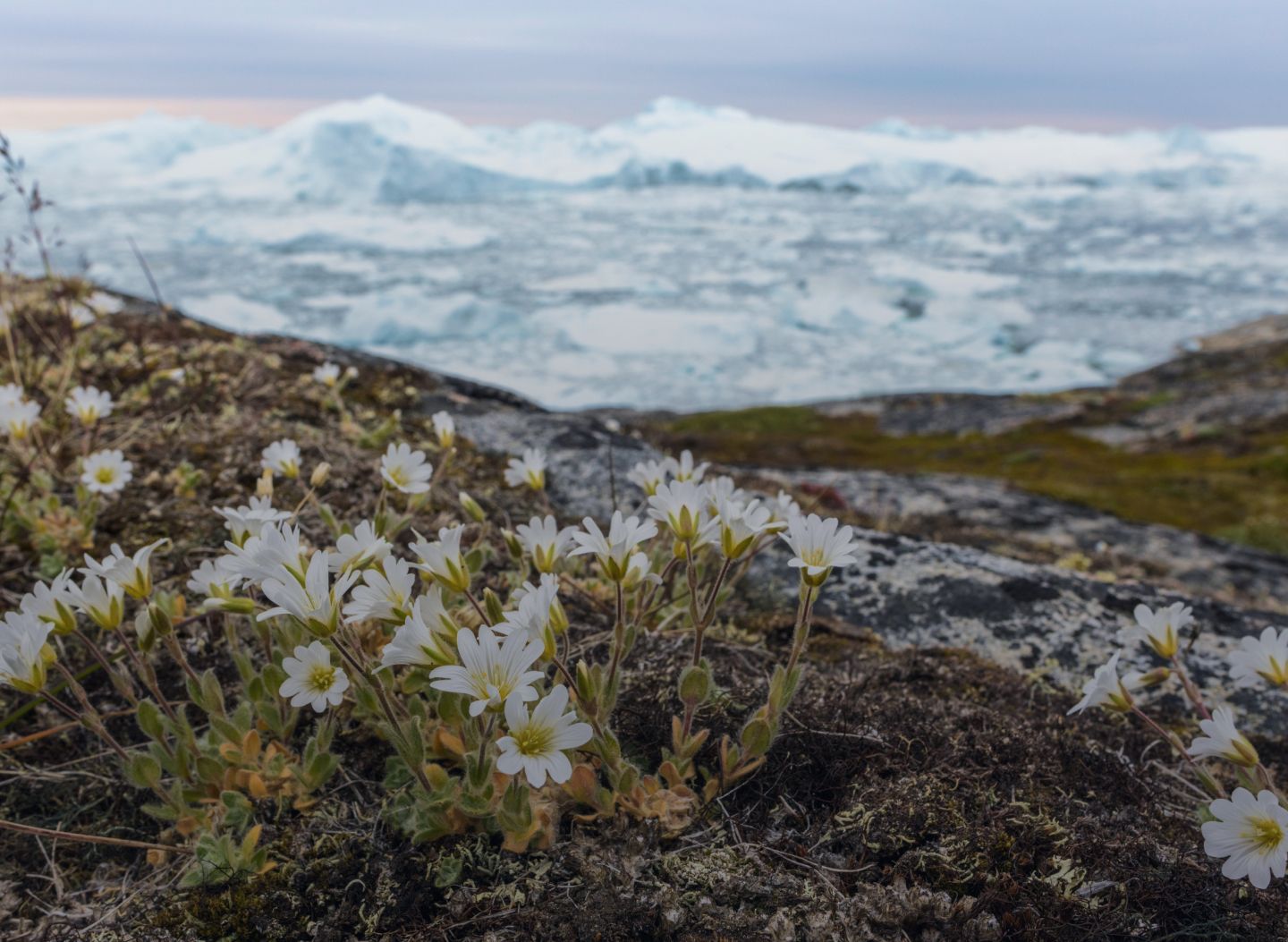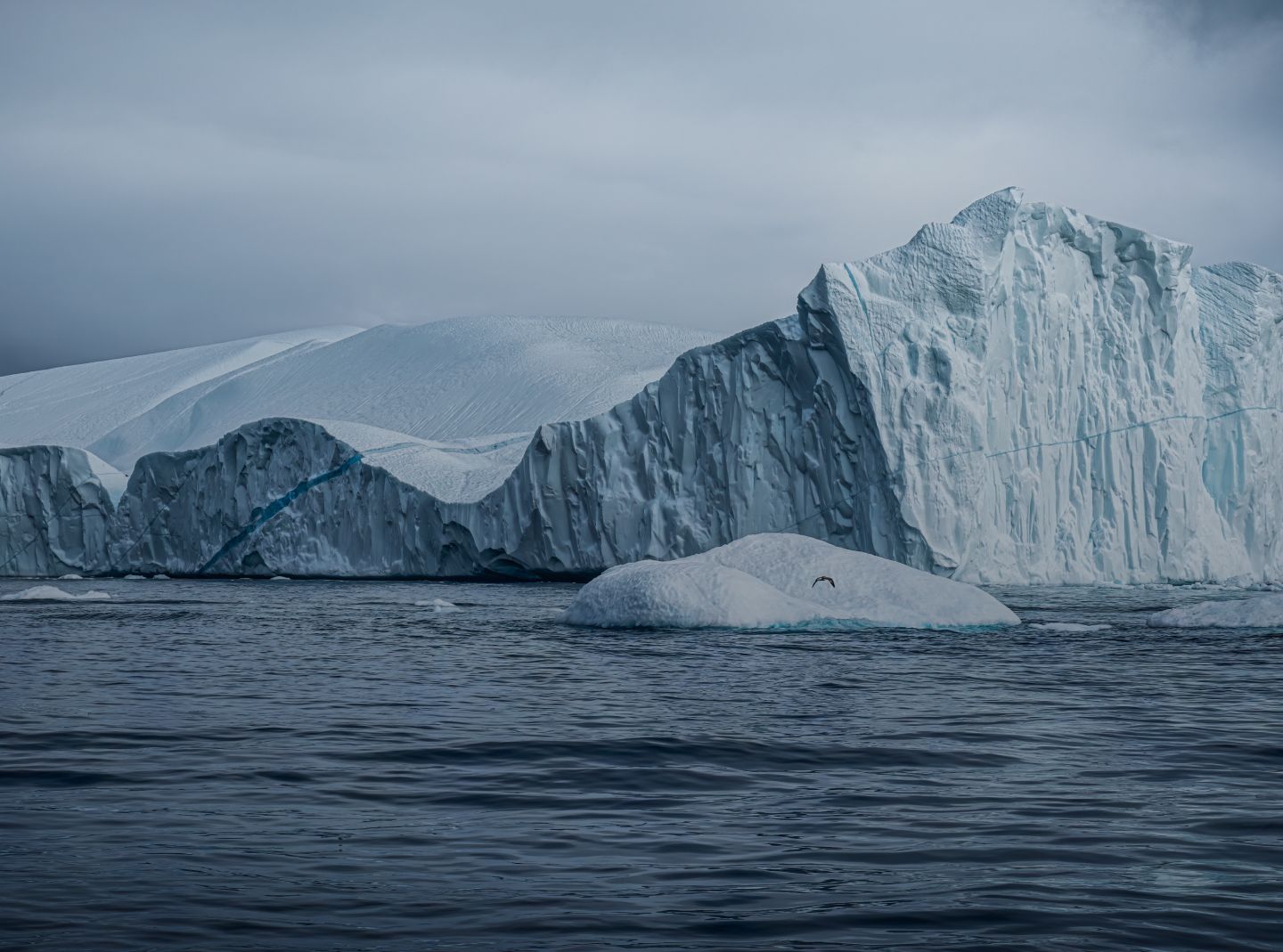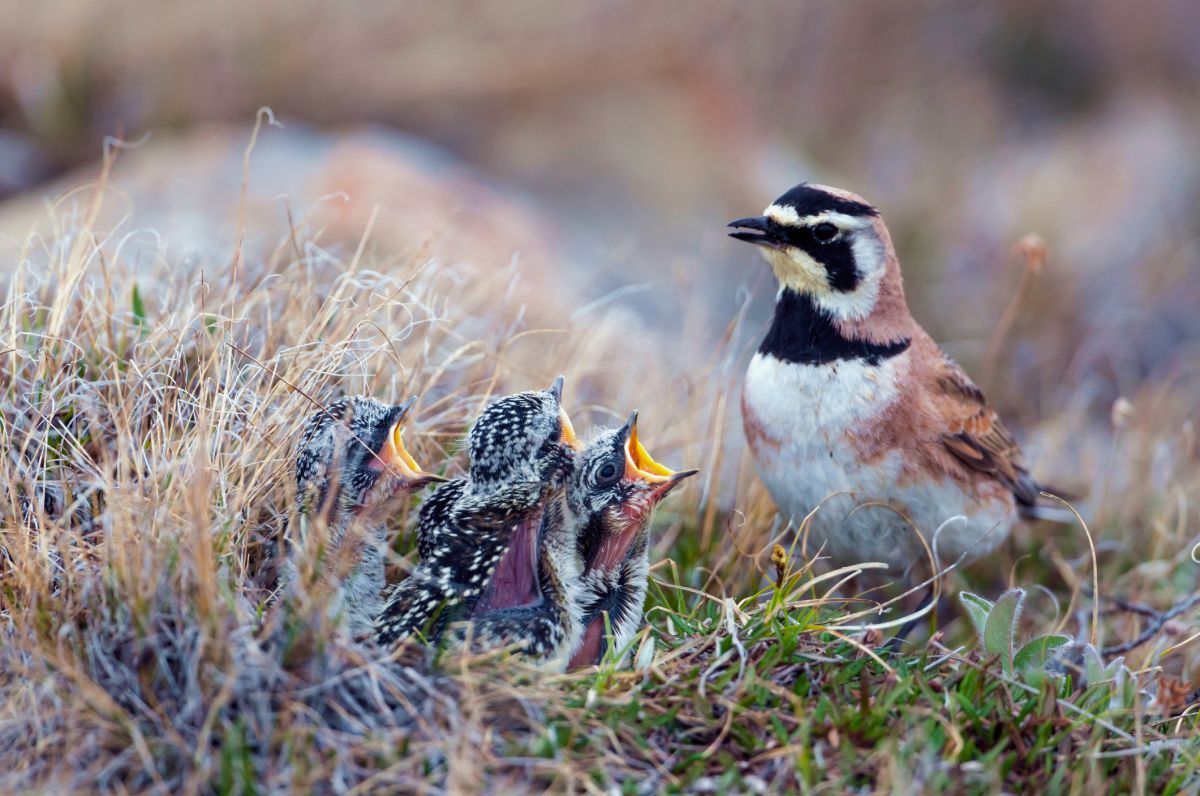
e-DNA
The Arctic is home to thousands of species that are highly adapted to cold environments. Some of these species are found nowhere else on Earth - such as the majestic polar bear and iconic narwhal (the unicorns of the sea). This region is also an important feeding ground for migratory species like birds and whales.
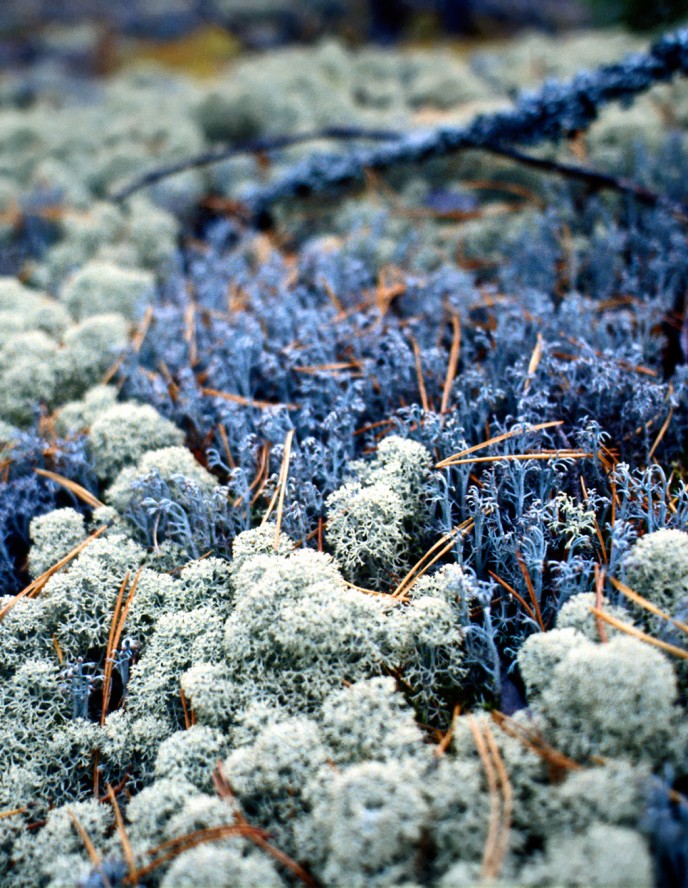 Lichen ground-cover in the tundra region.
Lichen ground-cover in the tundra region.Over half of the world's GDP ($44 trillion) is moderately or highly dependent on nature and its services, according to WEF.
Biodiversity underpins the health of the ocean, and our entire planet. This rich tapestry of life - that is highly connected and has taken millions of years to evolve - provides us with the ecosystem services we all need to survive; clean air, food, fresh water, pollination and pest control, and raw materials.
Much of life in the Arctic relies on sea ice for breeding, shelter, and foraging. It serves as a resting and birthing place for seals and walrus, hunting and breeding grounds for polar bears, and a foraging ground for Arctic fox, caribou, and other land mammals. Algae which grows on sea ice also form the base of the Arctic food web - sustaining fish, mammals, and birds.
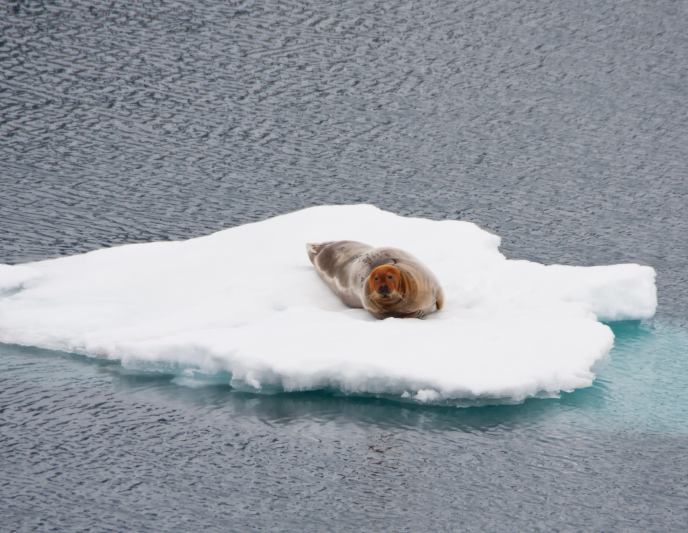 Bearded seal on sea ice off Svalbard, Norway.
Bearded seal on sea ice off Svalbard, Norway.According to NASA, summer Arctic sea ice is shrinking by a rate of 12%, compared to its average extent between 1981-2010.
Temperatures in the Arctic have risen nearly four times faster than the global average. This has meant sea ice is melting rapidly and ice formation starts much later in the year, dramatically impacting the species that rely on it.
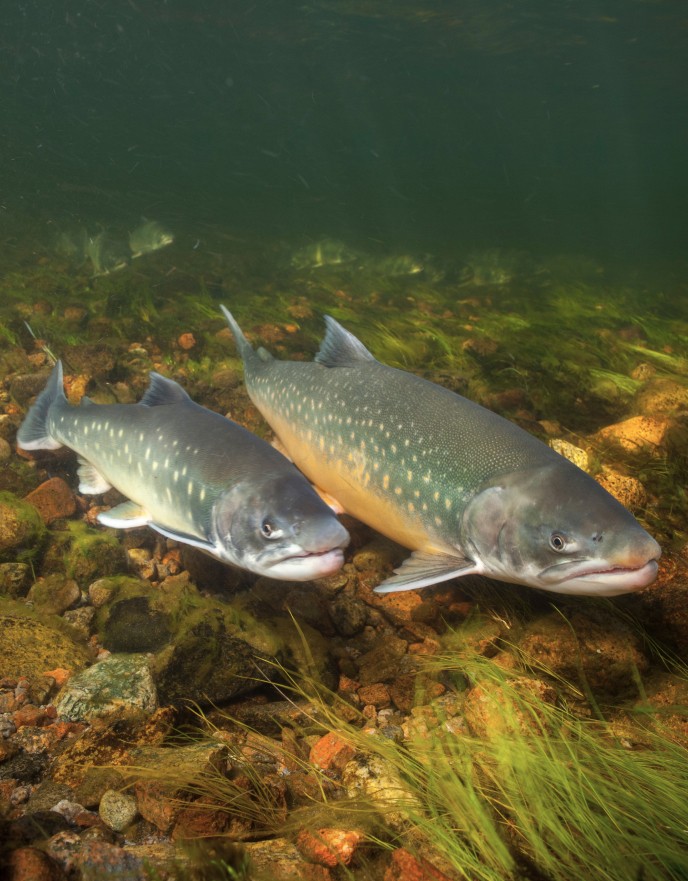 Arctic Chars (Salvelinus alpinus), Greenland.
Arctic Chars (Salvelinus alpinus), Greenland.Globally, up to one million species are threatened with extinction.
According to scientists, we are currently experiencing the 6th mass extinction event. Since 1970, species around the globe have declined 69% on average. Species in the Arctic are particularly vulnerable however, due to the major and rapid changes occurring in this region - accelerated warming, decreases in sea ice, increases in river runoff and precipitation, and permafrost and glacier melt. Whereas temperature and tropical species are shifting towards the poles as temperatures increase, wildlife in the Arctic has nowhere colder left to go. And changes across the Arctic ecosystem are already being observed.
All living things leave traces of their DNA in the environment (eDNA). By collecting samples of eDNA, with the help of Nature Metrics, we’ll be able to identify which species are present along our route. This will help researchers build a picture of how biodiversity is being affected in the Arctic.
Deep Dive Resources
Biodiversity - our strongest natural defence against climate change
Biodiversity loss and climate change are two global and interlinked challenges - that should be tackled together. Read more in this resource by the UN.
What is e-DNA?
Watch this short video by Nature Metrics to discover the importance of biodiversity, and how collecting small samples can lead to big insights.
